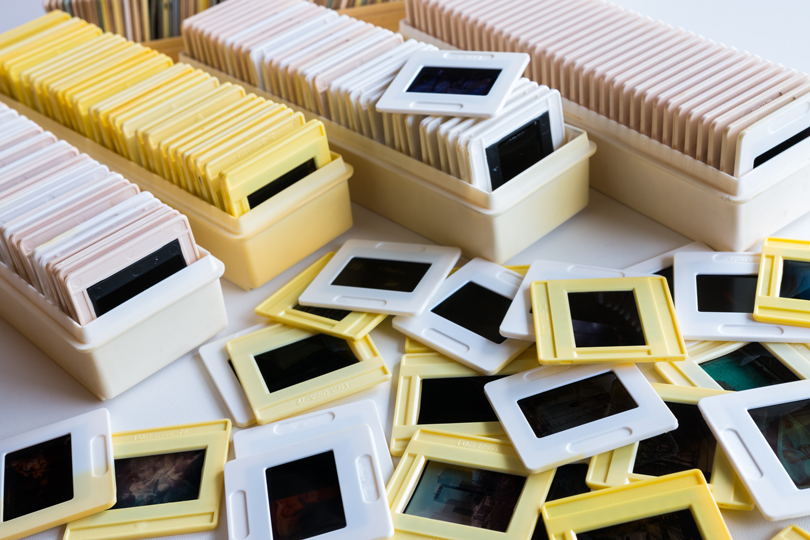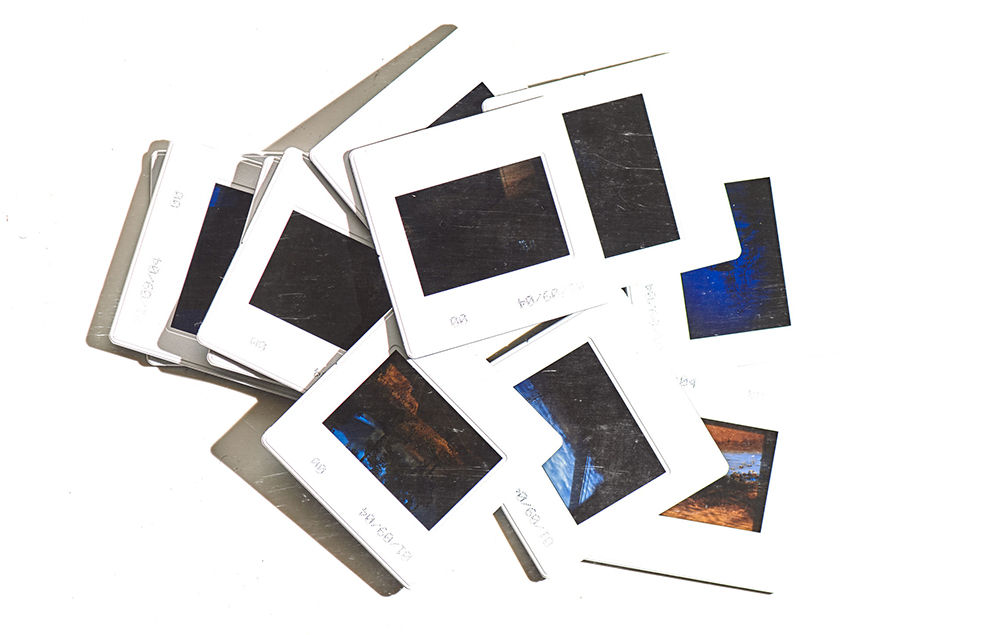Tips On Scanning Slides
On the off chance that you have a decision, scanning negatives or slides are constantly liked over scanning photo prints. By scanning the “firsts” (film) you will improve the picture than if you scan the “duplicate” (print). The lone drawback to scanning film items is that it can include somewhat more work.
On the off chance that you plan to scan a slide or negative with a flatbed photo or slide scanner, underneath are a couple of tips to consider. These tips should assist you with getting scans and ideally improve the speed of the interaction. It is smarter to require some investment front and centre to design out your scanning pursues than acknowledge numerous hours that you committed an error. In the event that you are utilising a straightforward slide converter, a portion of these tips may not have any significant bearing.
Please visit The Imaging Professionals at 173a Walsgrave Road, Coventry CV2 4HH to scan your 35mm photo slides to digital or call 02476101687 to discuss your photo scanning requirements, quote and request an order form.

Negative And Slide Scanning Tips
1. Sort Slides By Quality And Theme
On the off chance that you have a lot of slides or negatives to scan you would prefer not to only scan through them rapidly and be left with a chaotic wreck later. On the off chance that you can arrange your slides by some kind of topic (year, occasion, get-away) then, at that point you will actually want to put together the records for simple recovery later.
Another consideration is the nature of your slides and the negatives. Anything that is harmed or filthy may require both additional cleaning and additional preparation during the scan. It will be simpler to get the “simple ones” scanned first (the ones that needn’t bother with much mediation) and save the more troublesome things for last so you can take as much time as necessary with them.
2. Decide Your Ideal Scanning Goal
slides and negatives require a lot higher goal while scanning than photo prints require. This is on the grounds that they have more detail to catch and in light of the fact that their little sizes require greater development for review and printing. On the off chance that you just need to convert your slide to digital pictures for chronicling without any designs for print amplifications, you can save yourself some scanning time by going with a lower goal.
However, in the event that you intend to accomplish more with your slide scans or expect some rebuilding work, then, at that point a higher goal will profit you over the long haul. A goal of 3000 dpi is a decent beginning stage for scanning any film item on the off chance that you are uncertain. Simply understand that the higher the goal, the bigger the picture document size and the slower the scanning velocity.
3. Clean Your Slides And Scanner
It is consistently a smart thought to ensure your scanner is spotless prior to beginning a scan meeting. Cautiously wipe down your scanner bed with a build-up-free material before you start.
Cleaning your slides or negatives is likewise significant, regardless of whether that implies you simply eliminate any residue with a container of packed air. You can likewise tenderly wipe your film with the build-up-free fabric. Harmed or exceptionally messy slides and negative can likewise be cleaned with film cleaner when all else comes up short, yet save that if all else fails in the event that you can.
4. Do A Trial With The Scanner
Assuming this is your first time scanning film, do a couple of trials and play with the settings. Check your picture yields and see if you are content with the outcomes. This is a fun time specifically to play with the goal setting and see what will give you the best outcomes without creating irrationally enormous records.
Most slide scanners will eliminate residue and scratches from your scans, a capacity which a few groups like and others don’t. Ensure you focus on these settings and see what delivers the best pictures prior to going through 500 slides. When you think you have the settings you need, do a coordinated trial to perceive what amount of time it will require to run only one bunch of slides or negatives (one connector’s worth). Increase that by the number of slides you have and check whether it is reasonable.
5. Pick a record type
Your yielded record type will incredibly influence the measure of extra room you will require. Since film items require a high goal can, in any case, expect rather bigger picture documents. You can save some space by saving your documents as JPEGs instead of TIFF records however you will lose somewhat in quality. PNG documents are additionally a decent decision on the off chance that you need to hold quality.
6. Utilize Unmistakable Record And Organizer Names
On the off chance that you can be coordinated with our record naming framework just as set up recognisable envelopes, you will express gratitude toward yourself later. On the off chance that the entirety of your scans is essentially named scan1.jpg – scan1000.jpg finding your slides from the family’s Christmas excursion to Disney Land will not be exceptionally simple. On the off chance that you had the option to arrange around topics prior to scanning, utilise those subjects to likewise name your records and organisers. Remembering a long time for your record names is likewise extremely supportive.
